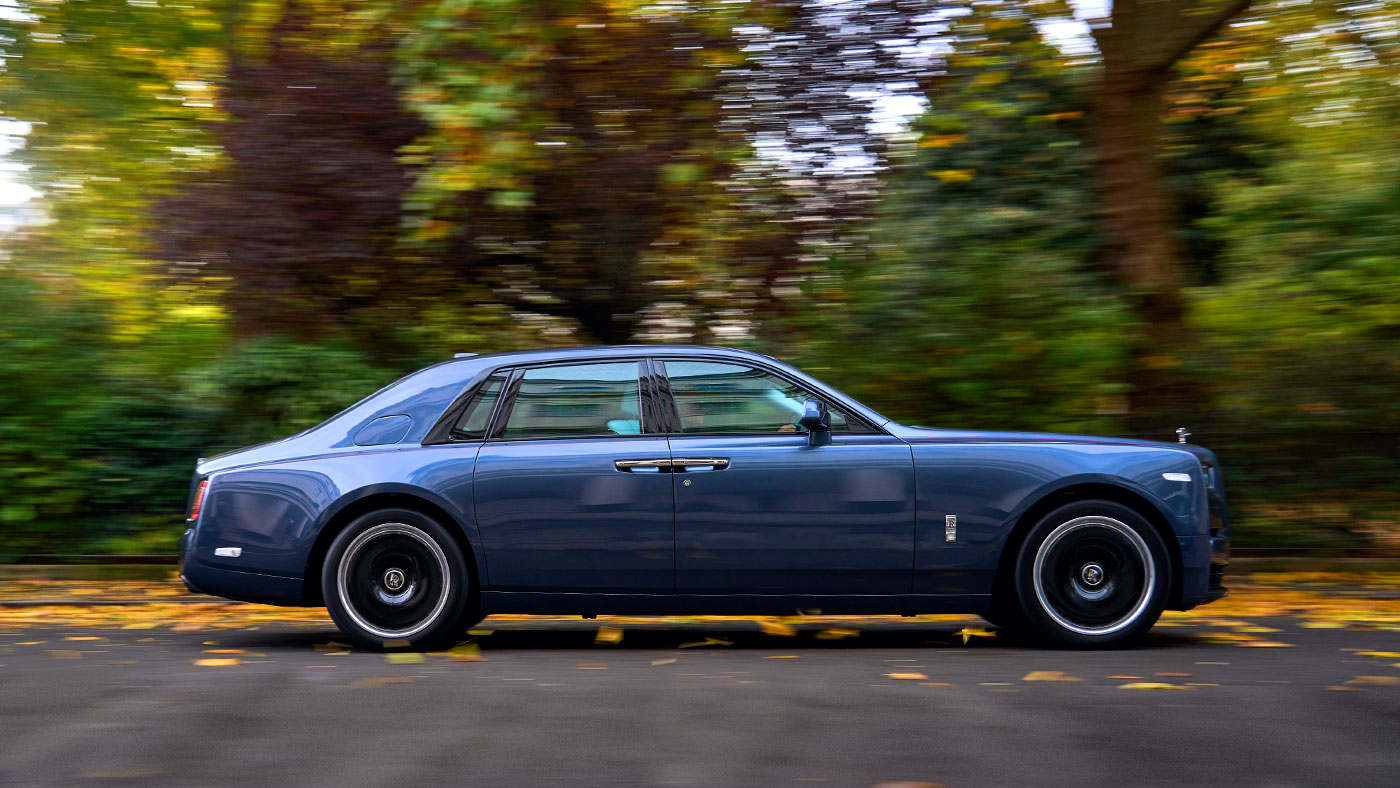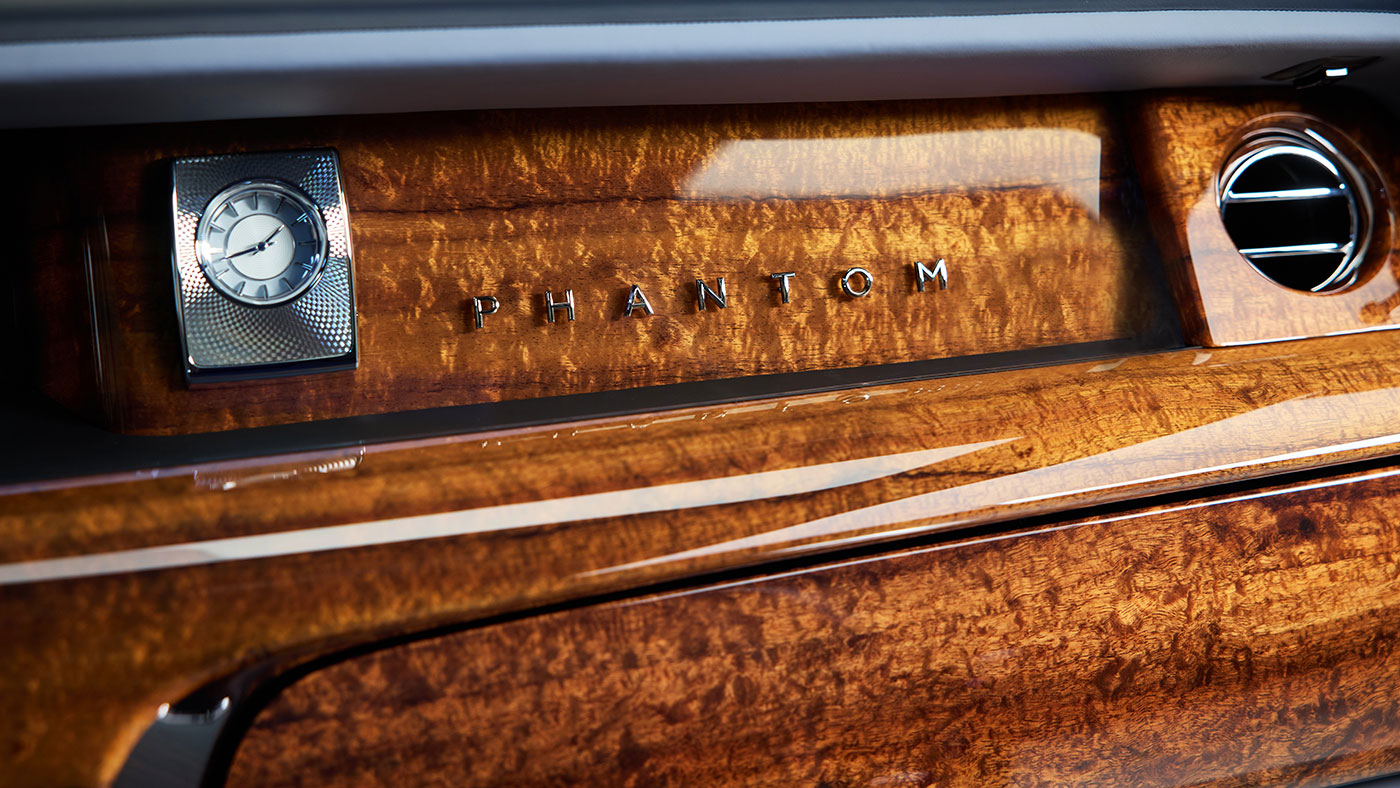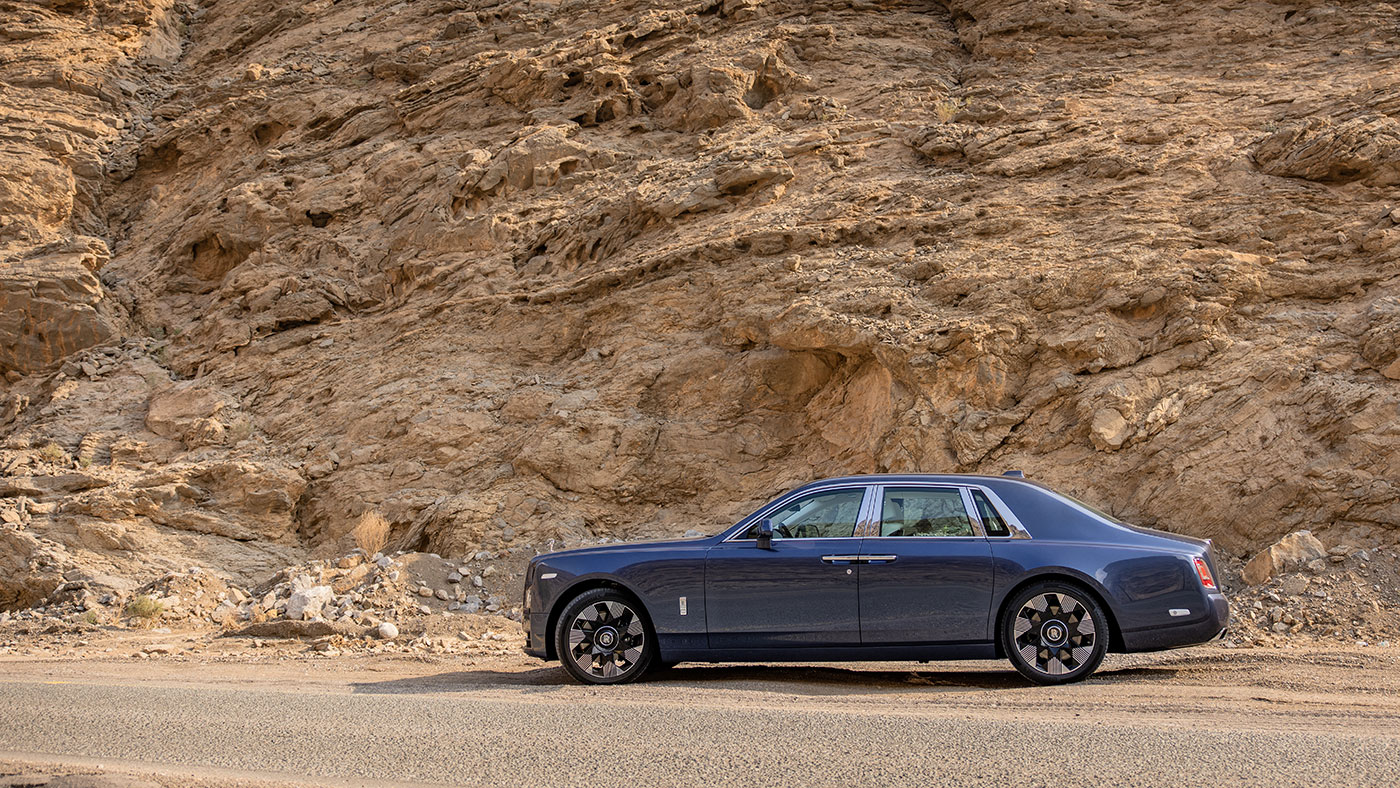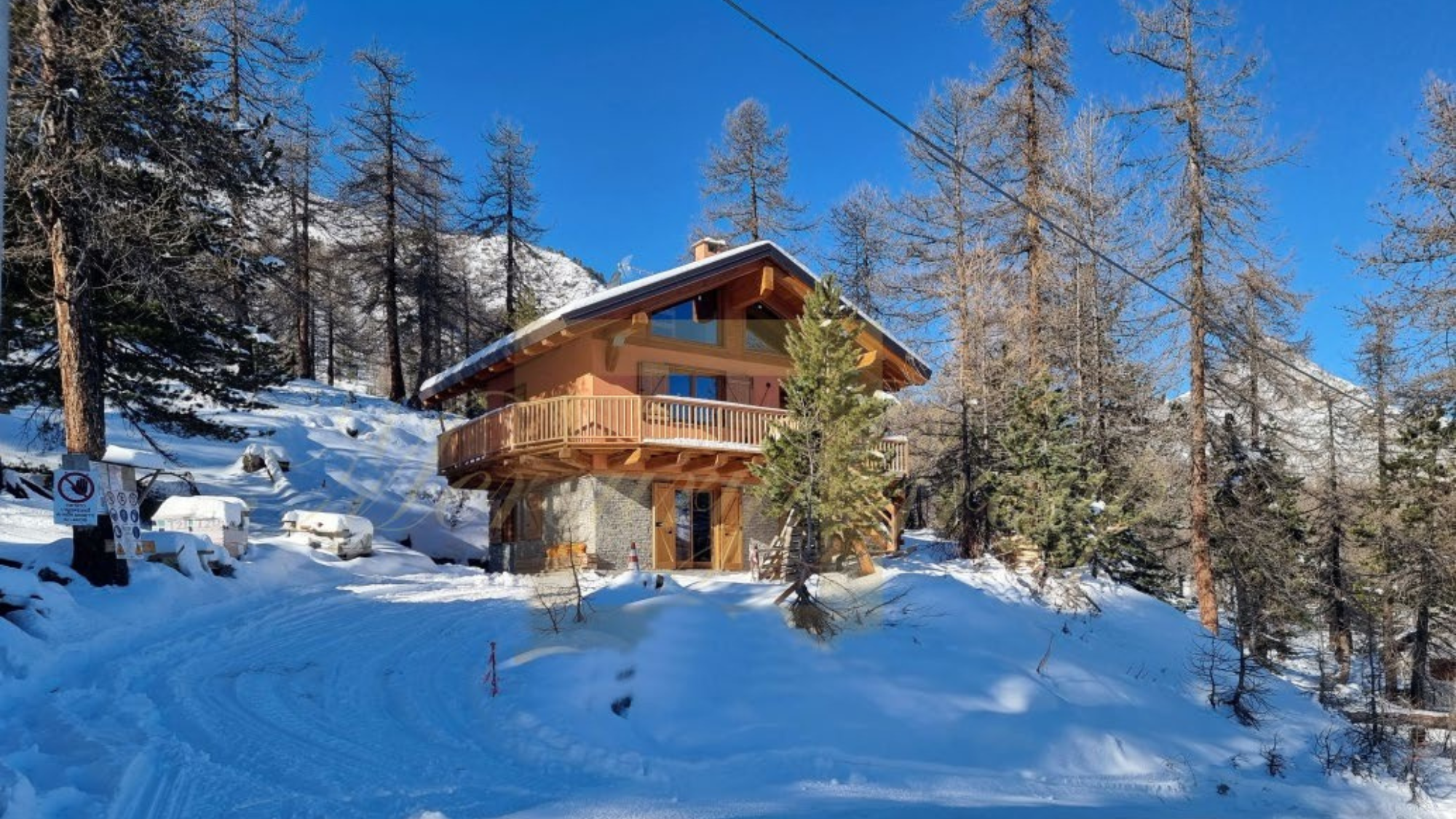Rolls-Royce Phantom II: the luxury of choice
Highly customised interiors – some of them years in the making – are stoking demand for the last petrol-powered Rolls-Royce

One does not merely order a Rolls-Royce Phantom, as if it were any other vehicle – or a takeaway meal. Each new car is instead “commissioned”, like a made-to-measure suit or a work of art.
The Rolls-Royce lexicon can be somewhat archaic – it still refers exclusively to “motor cars”, never dropping the prefix – but the company is not wrong about the process of customising a new Phantom. Only two limits are placed of what can be done to make each car unique, says César Habib, regional director for the Middle East and Africa: the laws of physics and the laws of the land. So no endangered species and no anti-gravity force fields, but otherwise, the customer is always right.
And, as one might expect, Rolls-Royce draws an exacting breed of buyer. One, a Swedish entrepreneur, recently challenged the company to express his love of flowers in the car’s interior design (a love running deep enough that he had named two of his children after floral species). The instructions were passed to the Bespoke Collective, a crack team of designers, craftspeople and engineers at the Rolls-Royce factory in Goodwood, Sussex, who set to work on a truly unique interior.
The Week
Escape your echo chamber. Get the facts behind the news, plus analysis from multiple perspectives.

Sign up for The Week's Free Newsletters
From our morning news briefing to a weekly Good News Newsletter, get the best of The Week delivered directly to your inbox.
From our morning news briefing to a weekly Good News Newsletter, get the best of The Week delivered directly to your inbox.

Turning to the Rolls-Royce rose garden for inspiration (if more car makers had rose gardens, they might make cars like this too), the design team laid out plans to embed the flowers into the fabric of the vehicle. Roses creep across the headliner, bloom from the dashboard and trail across the leather door trim, where they are complemented by bright-winged butterflies. Printing or stencilling them would have been too easy – instead they’re embroidered in satin. For that reason this commission came to be known as the “million-stitch” Phantom, a name that quantifies the effort that went into its creation.
Another notable Phantom was also inspired by nature, in this case wood from the koa tree, which grows only in Hawaii. And not just any old koa tree: Rolls-Royce spent three years sourcing the perfect specimen in the small private forests from which this rare timber can legally be harvested. The resulting veneer is unlike any other on the road, with a shimmering depth of grain that would outshine an antique cabinet.

Getting the paintwork right involved another prolonged quest. The customer had asked that it should match precisely the rare vintage car he already owned – a 1934 Packard Twelve Coupe. Recreating that 88-year-old finish involved shipping vintage parts to the Rolls-Royce paint mixers, who carried out tests on 40 panels before they were satisfied with the resulting midnight blue. The owner’s monogram is inscribed on the door in dove grey, which matches the leather interior of both this car and the Packard.
The historical theme is apt, given that this year’s Phantom Series II – a subtle update of the eighth model to bear the name since 1925 – is a swansong of sorts. It will be the last Rolls-Royce powered by a petrol engine, the silken 6.75-litre V12, which is about to make way to an electric propulsion. The Rolls-Royce Spectre, a “motor car” in more ways than one, is expected at the end of this year.
A free daily email with the biggest news stories of the day – and the best features from TheWeek.com

Until then, the Phantom represents the apex of the marque. For all its size and presence, it is still an expression of good taste, equally at home outside a Georgian mansion in Belgravia or a futuristic hotel in Dubai – or, indeed, 100 miles east of Dubai, in the mountains that divide the emirate of Ras al-Khaimah from Oman, where Rolls-Royce chose to demonstrate the new model. Out there, against a timeless backdrop of sand and rock, the car seemed both modern and timeless.
To most, it will look like a Rolls-Royce, pure and simple. Those who get closer will notice that the grille is now illuminated, and the front headlights are speckled with the same LED “starlights” that appear on the ceiling – a little touch of playfulness in an otherwise serious machine. A few more styling tweaks are barely perceptible in isolation, but together they add a degree of crispness.
Inside, the test model came without rare timber veneers or wildlife embroidered across its upholstery, but the standard interior, if that term applies in this context, was opulent enough. Soft leather seats and deep woollen carpets muffled any unpleasantness that made it through the legendary Rolls-Royce suspension – an equal match for London potholes and desert-blasted asphalt.

One reason for displaying the car off in the United Arab Emirates is that Dubai is home to the first international “Private Office” – another Rolls-Royce term, referring to the invitation-only salesroom in which customers deliver their bespoke commandments. Strong growth in orders from the Middle East, including requests for “unique creations of particular complexity and personalisation”, helped propel the company to record sales of 6,021 vehicles last year, an 8% rise compared to 2021. With a little help from its imaginative owners, the Phantom is going out on a high.
The price of a Rolls-Royce Phantom II starts at about £360,000. Bespoke commissions may cost significantly more
Holden Frith is The Week’s digital director. He also makes regular appearances on “The Week Unwrapped”, speaking about subjects as diverse as vaccine development and bionic bomb-sniffing locusts. He joined The Week in 2013, spending five years editing the magazine’s website. Before that, he was deputy digital editor at The Sunday Times. He has also been TheTimes.co.uk’s technology editor and the launch editor of Wired magazine’s UK website. Holden has worked in journalism for nearly two decades, having started his professional career while completing an English literature degree at Cambridge University. He followed that with a master’s degree in journalism from Northwestern University in Chicago. A keen photographer, he also writes travel features whenever he gets the chance.
-
 Who will the new limits on student loans affect?
Who will the new limits on student loans affect?The Explainer The Trump administration is imposing new limits for federal student loans starting on July 1, 2026
-
 Why does Susie Wiles have MAGA-land in a panic?
Why does Susie Wiles have MAGA-land in a panic?TODAY’S BIG QUESTION Trump’s all-powerful gatekeeper is at the center of a MAGA firestorm that could shift the trajectory of the administration
-
 The most memorable podcasts of 2025
The most memorable podcasts of 2025The Week Recommends A round-up of the year's top podcasts that kept listeners tuned in
-
 Test driving the Rolls-Royce Ghost Series II
Test driving the Rolls-Royce Ghost Series IIThe Week Recommends The luxurious classic has been given a subtle but meaningful revamp
-
 Properties of the week: covetable ski chalets
Properties of the week: covetable ski chaletsThe Week Recommends Including homes in Verbier, Haute-Savoie and Monti della Luna
-
 Best new hotels and places to stay in 2024
Best new hotels and places to stay in 2024The Week Recommends Featuring stylish island resorts, historical properties and wilderness retreats
-
 An Alpine ski tour from Andermatt to Engelberg
An Alpine ski tour from Andermatt to EngelbergThe Week Recommends The Urner Haute Route features some of the wildest terrain in the Alps
-
 The 2024 travel bucket list
The 2024 travel bucket listThe Week Recommends Best holidays, adventures and experiences to book in 2024
-
 Luxury in Lapland: how to meet Santa in style
Luxury in Lapland: how to meet Santa in styleThe Week Recommends From husky sleigh rides and tobogganing to searching for Father Christmas on a snowmobile
-
 Island hopping in the Caribbean
Island hopping in the CaribbeanThe Week Recommends Barbados and Grenada offer different perspectives on paradise
-
 Borgo Pignano review: a taste of Tuscan tradition and nature
Borgo Pignano review: a taste of Tuscan tradition and natureThe Week Recommends Enjoy a retreat-like experience that's as relentlessly authentic as it is luxurious